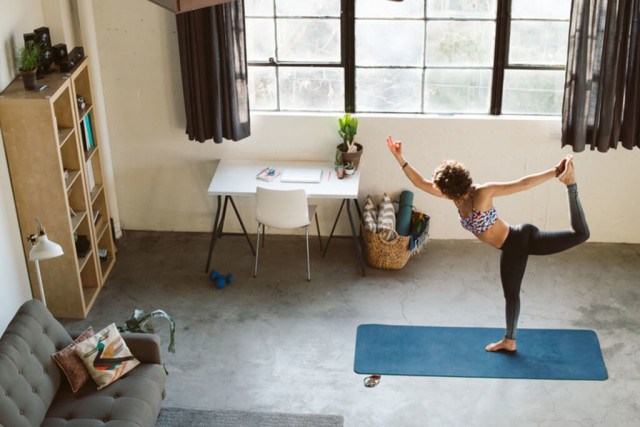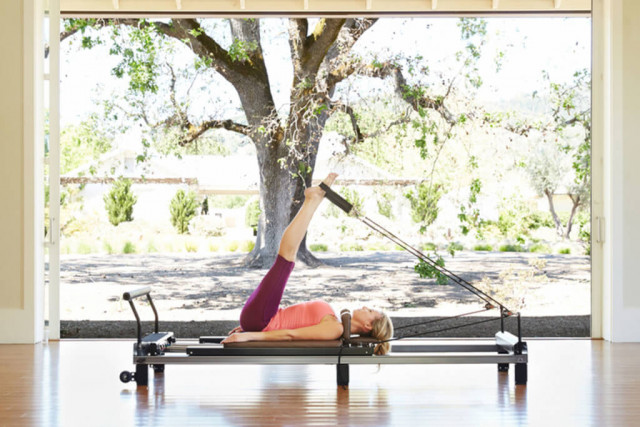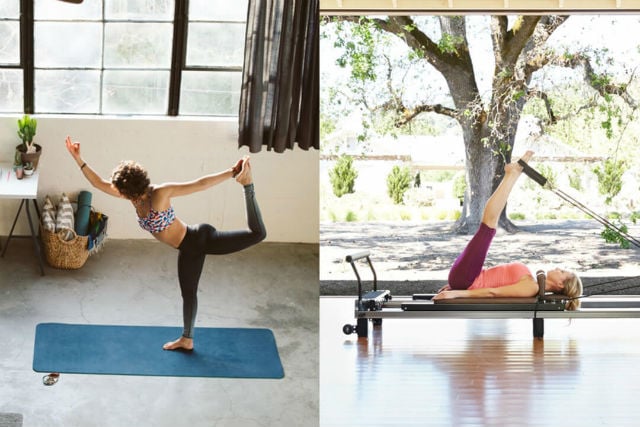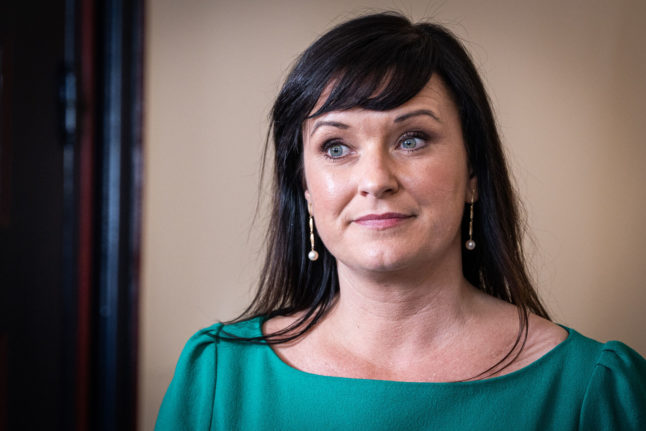*This content is an advertisement. It was not produced by The Local's journalists.
Visit your local yoga studio, go swimming, bouldering, have a gym session, take a dance class or make new friends in Urban Sports Club's team sport communities. All of this in one membership at a fixed cost that you can cancel at just one month's notice.
In the Urban Sport series, a member of the USC team tries a different sport to encourage members to do the same – because new sports lead to new hobbies and new friends.
This week, our fitness fan helps you decide whether you should take up yoga or Pilates.
Every time I see my friends it seems like one of them has recently decided to take up either yoga or Pilates. The two activities have become increasingly popular in recent years as more people become aware of how important these movements are to our overall health.
Personally, I love yoga – however, many of my friends have decided to take up Pilates. But what are the differences between the two disciplines and which one should you take up? Here’s a guide to which exercise is right for you…
Sign up to Urban Sports Club – get fit, discover new hobbies and make new friends
What exactly is yoga?
Yoga originated in India and is presented as a philosophy. It’s about self-knowledge through physical exercises, breathing and meditation. During body exercises called Asanas, all muscles are stretched and then released in order to increase flexibility and strength.

Breathing exercises, called Pranayama, aim to connect the body with the mind through breathing. It’s common to have a sense of total relaxation after an intense yoga session. To find the practice that is right for you, don't hesitate to try different classes (Ashtanga, Vinyasa, Hatha, Yin, Kundalini, Jivamukti, etc). Read our comprehensive guide here.
Yoga is great if you want…
-
Improved mobility
-
To strengthen your muscles
-
To get rid of back pain and other internal tensions
-
To exercise both your body and mind
-
To strengthen your self-awareness
-
To relax and feel a sense of accomplishment
And what is Pilates?
This complete body training takes its name from its founder Joseph Pilates and was developed during the First World War to improve the strength and flexibility of soldiers. In the 1960s the method became hugely popular in New York and the practice has continued to grow since.

The objective is to work your core and improve posture by strengthening your pelvic floor, your lower back and abdominal muscles. This region is called the “powerhouse” of the human body. As in yoga, the muscles are stretched and released again. Breathing also plays an important role in intensifying the exercises and relieving tension.
Unlike yoga where only a mat is necessary, Pilates can be practised using specific equipment, such as a “reform”.
Pilates is great if you want…
-
To relieve tension and back pain
-
To strengthen your spine
-
To improve your agility
-
Improve your posture
-
If you’re looking for a complement to another sport
Sign up to Urban Sports Club – get fit, discover new hobbies and make new friends
Which to choose: yoga or Pilates?
There are several similarities between these disciplines, however, the key differences are that Pilates is newer than yoga, uses additional devices and is more fluid. Pilates is great if you’ve been injured or want to get back into fitness after a long break.
Yoga is more than just a succession of exercises – there’s an entire philosophy behind it. It has a vital spiritual dimension that optimises your physical abilities and your mental wellbeing. It relaxes your mind, deepens your self-knowledge and can help you in many ways beyond just physical fitness.
*This content is an advertisement. It was not produced by The Local's journalists.



 Please whitelist us to continue reading.
Please whitelist us to continue reading.